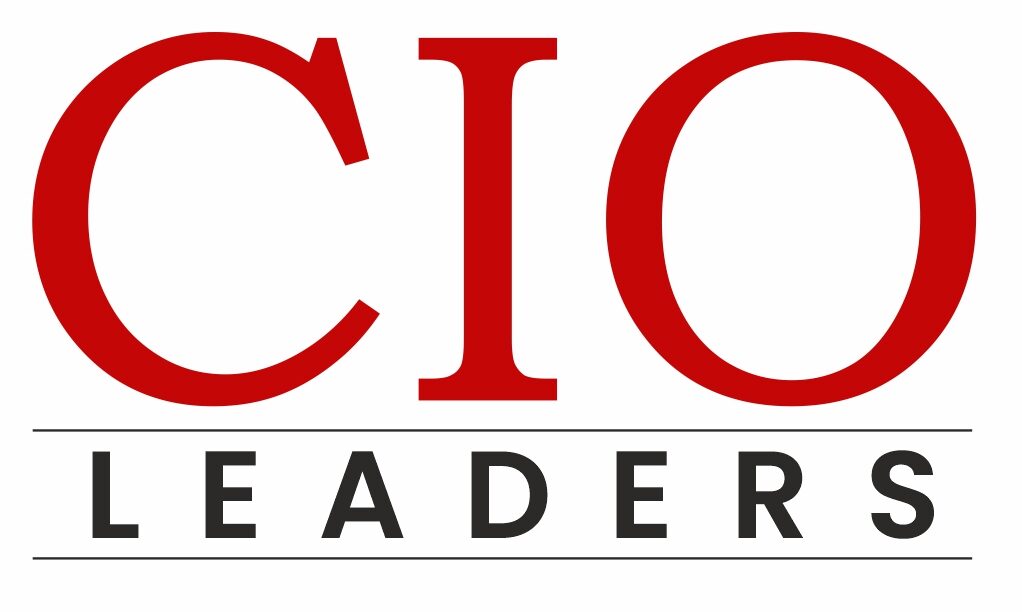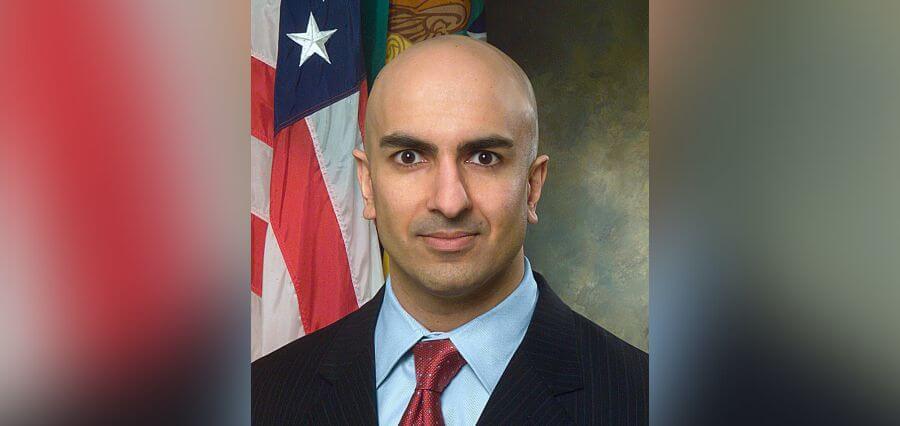Prime Highlights:
Neel Kashkari, President of the Minneapolis Federal Reserve, expects interest rates to decrease later in 2025 if economic data continues in the current direction, with inflation trending down and a strong labor market.
Headline inflation was 2.6% in December, while core inflation stood at 2.8%, still above the Fed’s 2% target. Kashkari anticipates inflation will ease, especially with housing costs, including rents, expected to moderate.
Key Background:
Minneapolis Federal Reserve President Neel Kashkari expressed optimism regarding potential interest rate reductions later this year, contingent on favorable economic data. In a interview on February 7, Kashkari stated that if the current trends persist, particularly with inflation continuing to decrease, the central bank may consider easing interest rates to further support economic stability.
Kashkari emphasized that the Federal Reserve’s dual mandate of achieving maximum employment and stable prices remains the central focus. He noted that if inflation continues its downward trajectory while the labor market remains robust, he would support further rate cuts. He pointed out that headline inflation for December was 2.6% annually, and core inflation, excluding food and energy, was 2.8%. Although still above the Fed’s 2% target, Kashkari expressed confidence that inflation would continue to ease, particularly as housing costs, especially rents, are expected to soften throughout the year.
Despite his positive outlook, Kashkari acknowledged the potential risks posed by fiscal policies, such as tariffs and trade tensions, which could affect inflation dynamics. He highlighted the uncertainty surrounding President Donald Trump’s trade policies and their possible impact on inflation if they result in a trade war.
Although Kashkari is not a voting member of the Federal Open Market Committee (FOMC) this year, he will participate in 2026. His comments reflect the Fed’s cautious approach to interest rate decisions, as members await additional economic information before making further moves. The Fed is largely expected to maintain its current interest rates until at least June 2025, following significant rate cuts in 2024. Kashkari concluded that the economy is in a favorable position, which allows for a wait-and-see approach as the Fed monitors developments in fiscal policies, international trade, and other factors that could influence economic stability.

